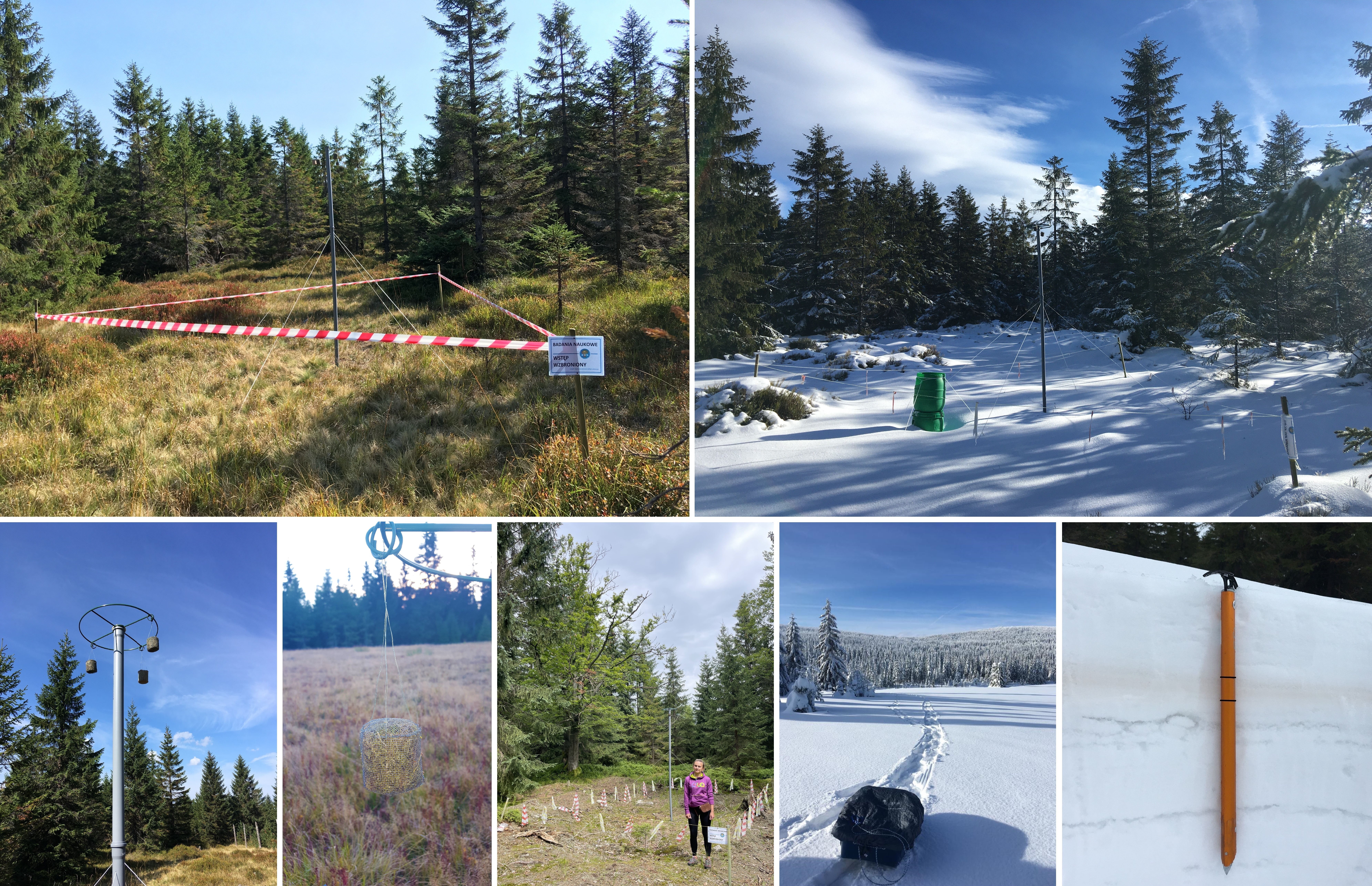Figure 1. Photographs of one of the research stands in the spring-summer and autumn-winter seasons (near the summit of Mt. Kobyła, the Izery Mountains).
Figure 2. Photographs from the implementation of the project (the Izery Mountains).
Magnetic monitoring of air pollution has been successfully used in environmental research because of its effectiveness in the initial assessment of the air status of areas affected by dust emissions. Dust and fly ash containing magnetic particles (which are carriers of individual elements) enter the atmosphere and then by deposition onto individual components of the environment, e.g. soil, plants, animals and humans.
The main objective of the project was to use integrated research methods and techniques to determine the magnetic-geochemical properties of air pollutants originating from both long-distance transport emissions and local sources accumulated by natural indicators of air pollution, such as snow and moss. In addition, the project takes into account seasonality (determined on the basis of the climatic conditions of the studied area and the specificity of the local environment), i.e. the heating period (autumn and winter: from October to April) and the non-heating period (spring and summer: from May to September).
The research findings and the resulting conclusions were supported by a relatively large amount of data collected at three research sites (in the Jizera Mountains). A total of 153 samples (from the pollution indicators used) were collected and analysed. More than 3,300 magnetic data and more than 2,100 geochemical data were obtained, which were supplemented and compiled by meteorological data (IMWM-PIB Jakuszyce) and parameters for pollutant quantification. Despite the fact that the test stands (facilities for absorption of pollutants) were characterised by similar topographic conditions, the amount of magnetic particles and the content of elements accumulating in natural indicators of air pollution were (1) variable depending on the location of the test stand; (2) independent of the type of moss used; (3) comparable for dust isolated from snow and in moss samples; (4) higher in heating periods than in non-heating periods.
The most common device used to collect dust pollutants are the so-called dust collectors, which are used at air monitoring stations (located in places affected by the emission of pollutants from local sources: municipal and / or industrial). The natural indicators method used in the project, which allows assessing the extent and nature of infiltrating pollutants in places that are difficult to access and/or far away from the main emission sources, can become an attractive support option for traditional measurement (monitoring) stations. An additional advantage of using bioindicators (mosses) and natural pollutant reservoirs (snow) is the possibility of a long exposure time, allowing a larger number of samples to be collected, and the lack of need for frequent monitoring, which is required when using specialised equipment.
In summary, due to the nature of the research and the use of natural pollution indicators, the results obtained are not only relevant in the context of the atmospheric environment or geophysics, but also for soil science and climatology (especially with regard to local climate changes, for which magnetic methods have only been used to a relatively limited extent).





